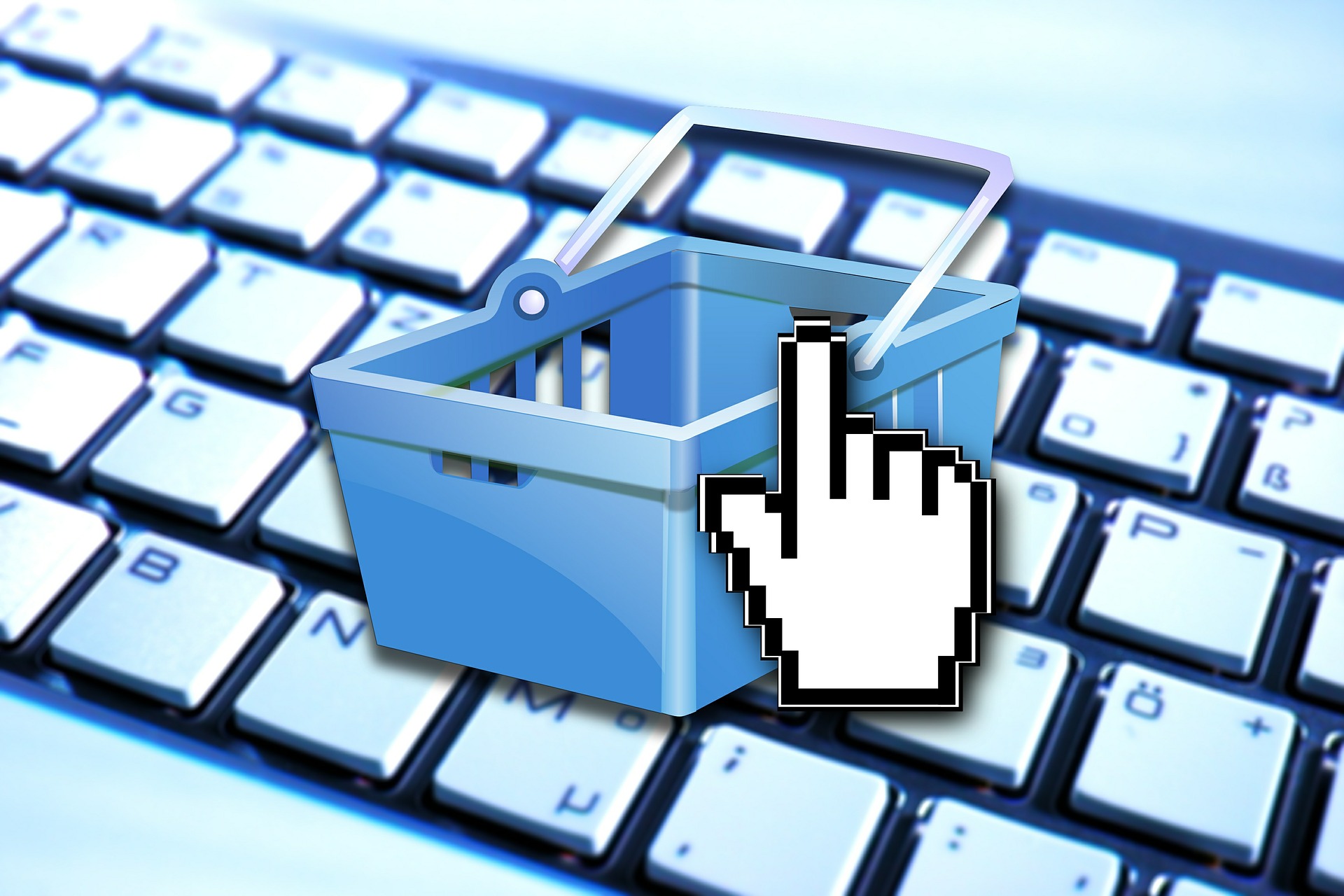
Retail is arguably more dynamic today than it has been for decades, and the rise of the digital shopper is likely to make retail dynamics far more turbulent. As marketers and sales leaders get to grips with the digital shopper and what this means for their consumer and shopper marketing efforts, they should also turn their attention to channel strategy. The way shoppers use channels is changing, and the digital shopper will change that in many, surprising ways.
As a young professional in the UK, I never questioned the continuation of the dominance of major chains such as Tesco, Sainsbury or Asda. As my career took me to international markets, the onward global expansion of Big Retail was a presumed constant. In Australia, a virtual duopoly between Coles and Woolworths was seen as being unending. Given that scenario, it is hardly surprising that few brand owners paid much attention to retail channel structures and priorities. If change is predictable (the big will get bigger, the small will struggle) then it doesn’t require complex analysis to plan a company’s strategic approach to this area.
The digital shopper brings turbulence to retail
Today things have changed in ways that even ten years ago would have been hard to predict. Amazon are testing grocery deliveries. Tesco has backed out of Taiwan, China (sort of) and Japan. The stores of Thailand, Indonesia and Korea are no longer blessed with the presence of Carrefour. High street favorites such as HMV and Blockbuster slipped into receivership. Many other household names such as Best Buy are reporting significantly poorer results. The online world is massive and dynamic. E-bay has moved from selling olds stuff gathering dust in someone’s yard, to being a major force for many small retailers. E-retailer T-Mall (the Chinese equivalent of Amazon) sold US$5.7 billion in one day (on the Chinese equivalent of Cyber Monday). Even offline, retailers who used to operate only one type of store, now operate across multiple channels as they seek to grab hold of as many shopper dollars as possible. In the age of the digital shopper, the old ways of managing channels simply can’t keep up.
Channel segmentation needs a rethink for the digital shopper
Things are changing and changing fast. There was a time when manufacturers across Asia categorized outlets into Modern and Traditional (clumping all modern outlets, from hypermarkets to convenience stores into one channel). In the UK I still hear talk of ‘grocery multiples’ – a phrase which covers anyone selling groceries who owns multiple outlets. Old channel definitions aren’t necessarily effective. In a world where retailers operate multiple formats (on- and off-line), plans need to be built with a completely different level of sophistication. And whilst it is pleasing to see many manufacturers recognizing online as a channel, one needs to ask the question, is online only one channel? Is e-bay the same as Amazon, and the same as Wal-Mart online? Quite possibly not.
Channels play fundamentally different roles for the digital shopper
Different shoppers are using different channels in different ways and these channel roles need to be factored into the way we manage channels. A methodology which reflects how your shoppers see and use different outlets is required. This was always the case, but online has taken this truth and made it impossible to ignore. An outlet which is used for showrooming versus an outlet used for final purchase? From the outside they may look the same, but as a brand marketer you may well wish to treat them differently. To effectively manage channels a marketer must consider too the role that channel plays to different types of shoppers; and most importantly their target shoppers.
Channel Priorities must be based on the future, not the past
Whilst many may deny it, historically most teams have dedicated resources to channels which have been historically large. In the past this made some sense (large retail channels contained large retailers, and historically they have grown, so investing in them made sense). But in the retail turmoil we are now facing, a better way of prioritizing channels must be sought. Whilst we cannot ignore large channels which represent a significant share of our business, we should consider other factors when prioritizing channels. Where can large numbers of our target shoppers be found? Not necessarily the shoppers who buy our brand today, but those that will drive growth in the future. And, more importantly, where can these shoppers be influenced? A store used for showrooming might not deliver much in sales, and therefore under traditional thinking would not attract much attention or investment. But if it is a key point of influence, then perhaps it is worth investing in after all? Perhaps outlets of this nature will, over time, become more like marketing vehicles than shops where retailers make profit for displaying wares, not selling them (arguably this is a significant part of the retail profit pool already!)
It is time to rethink channels for the age of the digital shopper
Channels have often been the forgotten part of commercial strategy. Consumer goods companies focused on consumers and retailers. The new focus on shopper marketing, and the dynamism caused by the digital revolution changes all of that. Now marketers and sales leaders alike must take another look at how they segment and prioritize channels. For more details, please download the e-book, “Channel Strategy in the Age of the Digital Shopper” for free.





